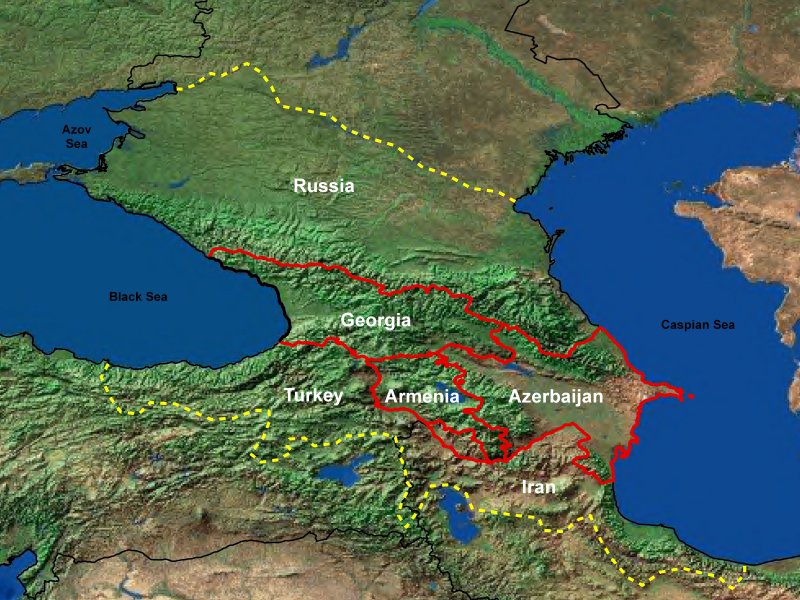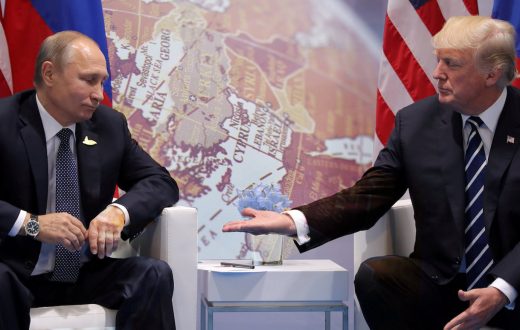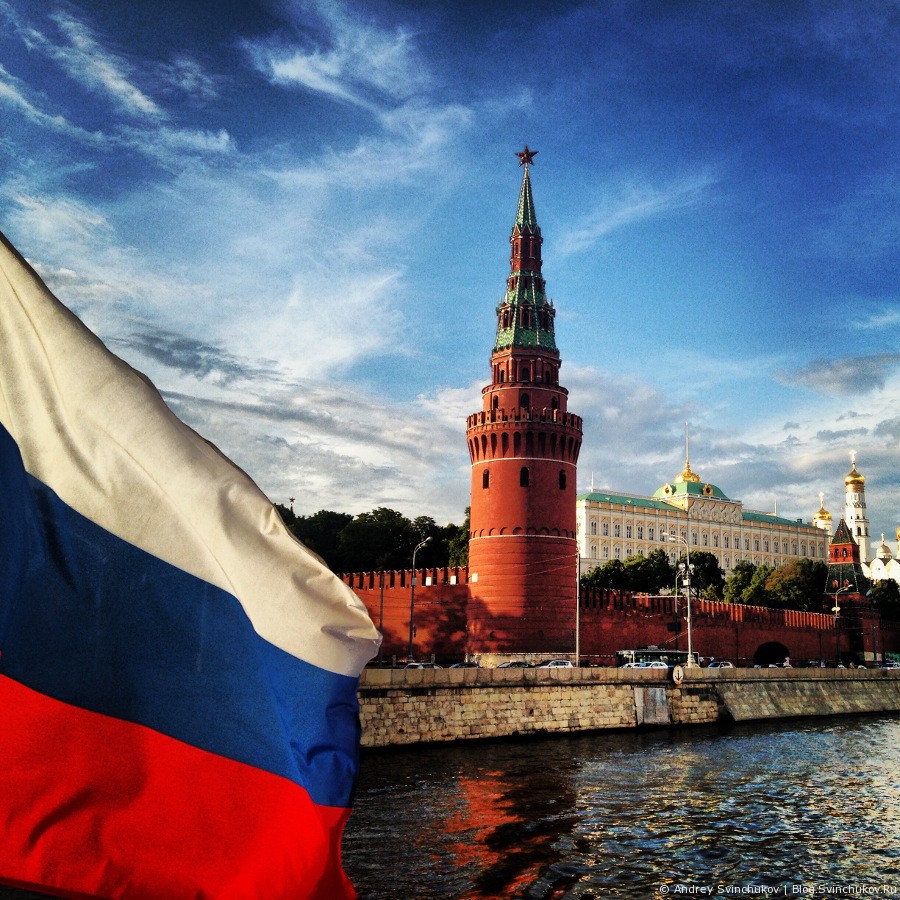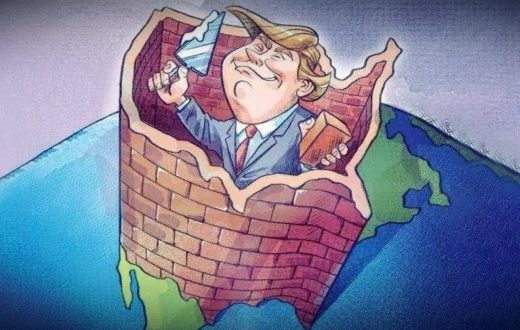Summary
Russia wants to expand its transit networks – and its influence – south, but doing so will not be easy. Over the past two years, Russia has been busy expanding its road and rail networks southward, through the North Caucasus and down both sides of the Caspian Sea toward Iran. Moscow has many good reasons for its drive south: Iran’s economy is poised to become more influential in the region as international sanctions are lifted,Russian troops in Syria need a reliable land route for supplies, and the Kremlin must confront the growing economic and military cooperation between Turkey, Georgia and Azerbaijan.
But pushing all the way to the Iran border is easier said than done. The region is full of difficult terrain, and few of the Caucasus transit states could be considered Russia’s friends. These factors will make it harder for Russia to build infrastructure that transits the region completely, but, in the end, Moscow and Tehran will likely work together to try to overcome the significant obstacles in the Caucasus and to curb the presence of other major powers in the region.
Analysis
For the Russians, no geographic barrier has ever proved as daunting as the Caucasus Mountains. During Russia’s invasion of the South Caucasus in the early 19th century, Moscow had few natural passages through the mountain range — fewer even than the number of artificially created routes it has today. The invasion’s success was made possible only by Russia’s military strength and organization, as well as the assistance provided by the mostly Christian Georgians and Armenians, who had lived under Muslim Turkish and Persian rulers for some two-and-a-half centuries.

The conflict underscored two important imperatives for Russia: First, to expel the Muslim powers from the region, and, second, to find a way to control the geographically separate South Caucasus. These concerns persisted throughout the second half of the 19th century and into the Soviet era. Still, with no other major power to contend with in the region, Russia’s presence remained relatively unchallenged, with the exception of from 1918 to 1921 and in 1942.
But since the collapse and dissolution of the Soviet Union, the Kremlin’s dominance in the Caucasus has been called into question. Georgia has taken concrete steps to integrate with the West, and Russia has been forced to withdraw its troops from Azerbaijan. In addition to Baku’s resistance to allowing Russian military equipment to pass through its territory, the Azerbaijani government’s tense relationship with Tehran has made Baku even less willing to permit the country to be used as a transit state between Russia and Iran.
Yet as the obstacles to Russia’s presence in the Caucasus have grown, its reasons for being there have too. The potential for military escalation is rising in the region, and the Kremlin is preparing itself to respond effectively in the event that conflict breaks out. Such a threat could take many forms: It could be an all-out war between Armenia and Azerbaijan over the disputed territory of Nagorno-Karabakh, or increased military cooperation between Turkey and Georgia and Azerbaijan, or even perhaps a NATO build-up in the area. Meanwhile, the lifting of Western sanctions has cleared a path for Iran to start playing a more active economic role, whether in the South Caucasus specifically or in Central Asia more broadly. Russia now has a new sense of urgency in building a direct link to Iran — a drive that has only been further fueled by Moscow’s need for a land route to its Syrian front. Finally, road and rail infrastructure between Russia and Iran could help undermine competing pipeline and railway projects in the region, including the Kars-Akhalkalaki-Tbilisi-Baku railway and the Trans-Caspian project, both of which connect the Caspian and Black seas.
Many Attempts, but Few Successes
So far, Russia has managed to build two roads through the South Caucasus to Iran. The first runs along the Caspian Sea, through Dagestan and Azerbaijan, while the second follows the Georgian Military Road through the Jvari Pass in the Caucasus Mountains. However, the first road’s use is limited by the historically unfriendly relationship between Azerbaijan and Iran. The second is often closed during the winter and cannot be used easily by the larger trucks that would be necessary in any expansion of overland trade between Russia and Iran or Armenia.
Because of these issues, Russia has actively sought more reliable connections to Iran over the past few years. One solution was to lay down railway lines that extend southward from Russia, down both sides of the Caspian Sea. In late 2014, the Russian railway system was connected to Iran’s in this way, with links that passed through Kazakhstan and Turkmenistan. Meanwhile, Iran is still building the Kazvin-Rasht line on its Caspian shore, directly connecting to the Iranian city of Astara on Azerbaijan’s border. When complete, the line will link Iran’s northern railway branch to the rail network in Azerbaijan and onward to Russia. Still, like Russia’s roads, neither railway is a foolproof solution: Both Azerbaijan and Turkmenistan refuse to allow Russia to transport military equipment through their territories, which limits Moscow’s uses for the lines.
With transit states hindering Russia’s use of road and rail, Moscow has begun to widen its search for alternative routes. One possibility is a road leading from the North Caucasus to the Georgian breakaway territory of South Ossetia before connecting with the important East-West highway, which links Azerbaijan to Georgia’s Black Sea ports. Another would be to build 160 kilometers (about 100 miles) of railway between Alagir, in the North Caucasus, to Gori, in Georgia. Each of these options would enable Russia to reach the railway system of every South Caucasus country using the shortest and quickest routes available. The final possibility is a railway through Abkhazia, another Georgian breakaway territory. In October 2015, Russian forces finished reconstructing part of the rail line, which now extends to the territory’s demarcation line with the rest of Georgia. Abkhazian officials have hailed the event as a precursor to the railway’s full restoration, but given Moscow’s support for Georgia’s breakaway territories, it is highly unlikely that Tbilisi will ever agree to allow Russia to follow through with this plan.
Russia, Iran Team up Against the West
But Russia’s renewed race for rail and road links in the Caucasus is about more than economics or military logistics: It is about the wider competition for the former Soviet periphery. Russia is squaring off against the West, and both sides are vying for influence within the buffer countries between them. So far, the European Union has successfully solidified its partnership with Georgia through several political and economic treaties. Meanwhile, Western-backed projects — including the Kars-Akhalkalaki-Tbilisi-Baku railway, which launched in 2015 and is mainly used to transport goods to European consumers — are bringing the possibility of a West-East economic corridor closer to a reality. As they do, they simultaneously undermine Russia’s economic and political clout in the region.
Iran, for its part, shares Russia’s interest in forestalling these Western inroads into the Caucasus, though its agenda for the region does not always align with Moscow’s. To this end, Tehran is still working with Russia to complete the North-South Transport Corridor, a combined shipping, rail and road route that runs through Azerbaijan to Russia’s Baltic Sea ports. Iran is also considering the construction of a railway through Armenia to link to ports on the Black Sea.
Like Russia, Iran has encountered significant reluctance from transit states to allow foreign powers — especially Russia — to use the transportation routes running through their territories without restrictions. But neither Moscow nor Tehran has backed down because of this opposition. As completed and ongoing projects in Abkhazia, South Ossetia and Azerbaijan show, both Iran and Russia appear willing to work together to try to find partial solutions to the problem of securing reliable transit in the Caucasus while keeping other foreign competitors out.







